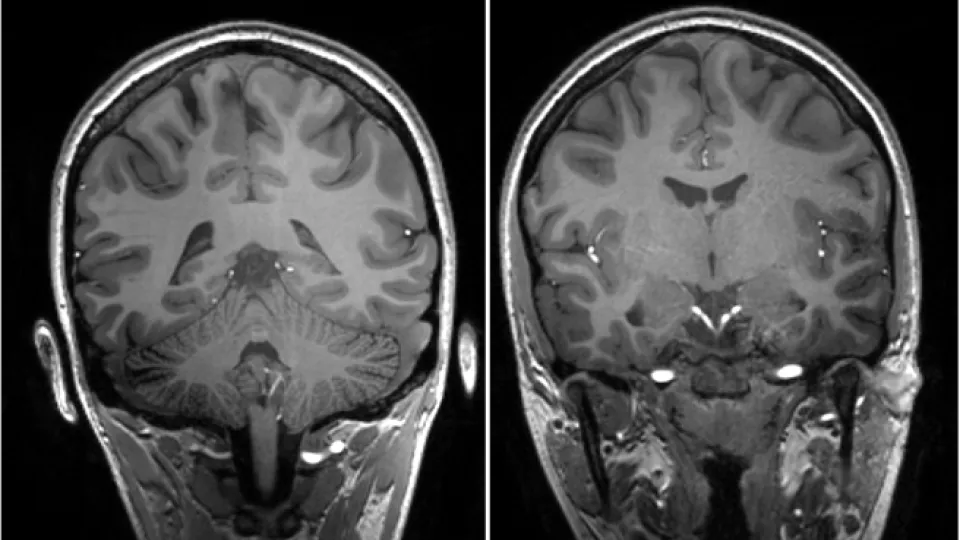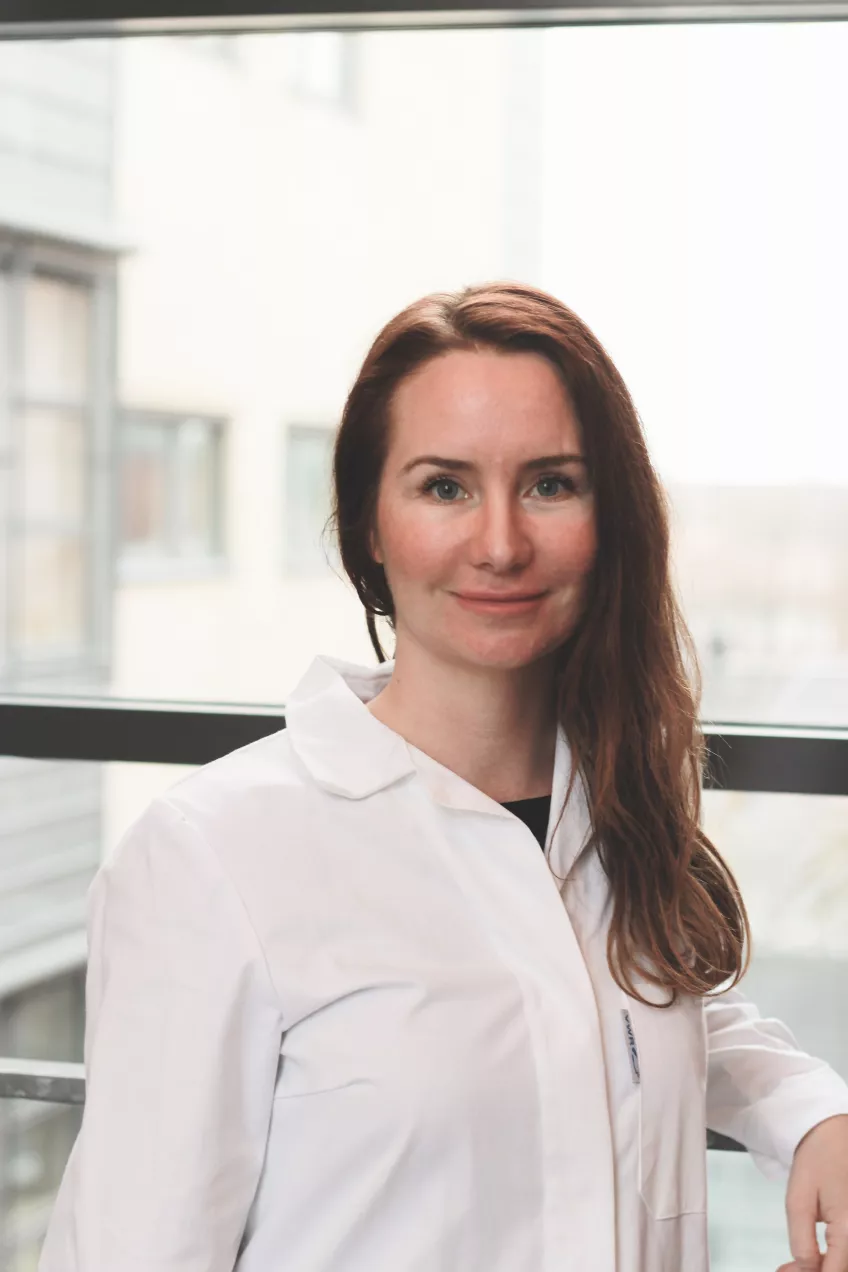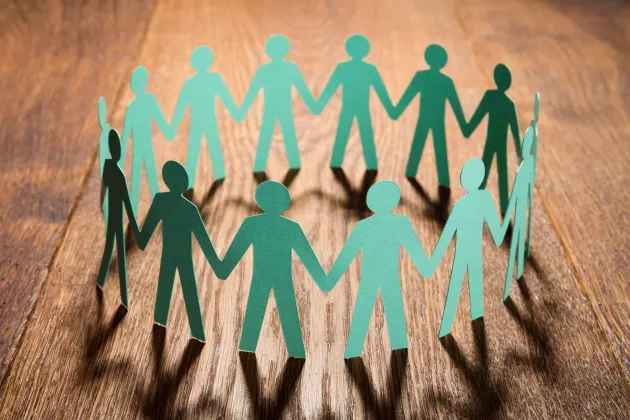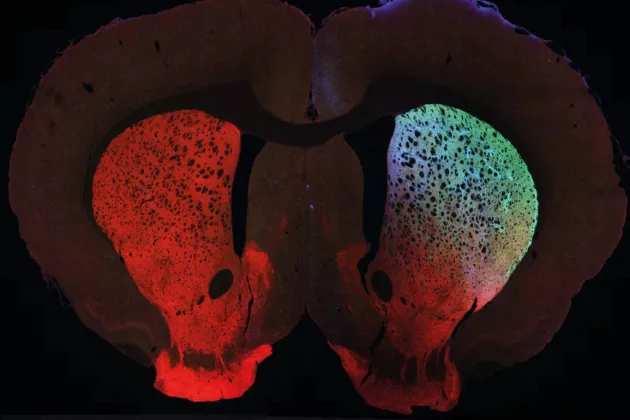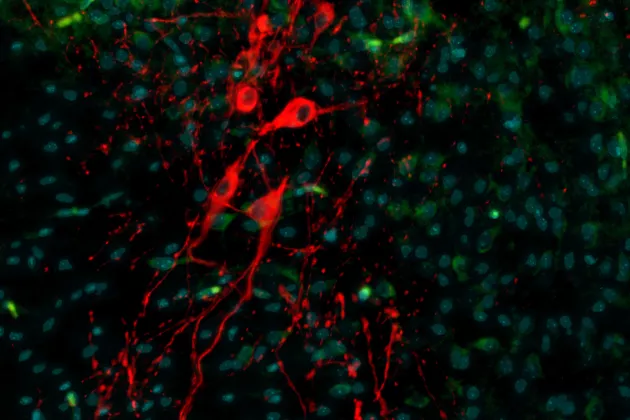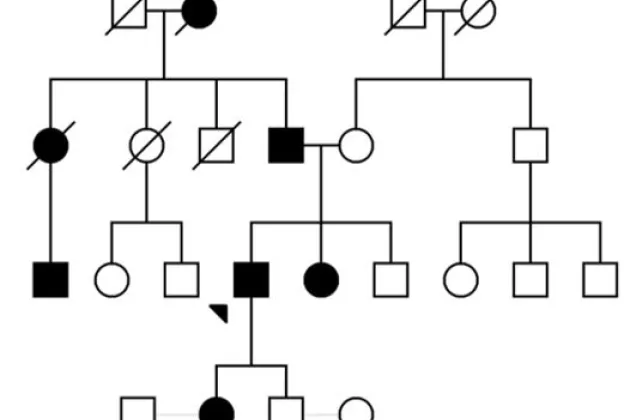Can you shortly describe the research topics included in your SIG?
Our group focus on acquired brain injuries, such as traumatic brain injury (TBI), stroke, multiple sclerosis (MS), hydrocephalus, and their relation to neurodegeneration. We are interested in adaptive plasticity processes found in Alzheimer’s disease, Parkinson’s disease, and other neurodegenerative diseases.
Which of MultiPark’s strategic goals does it best align with?
Investigating the links between acquired brain injuries and neurodegeneration is a way to “understand the origins and progression of neurodegenerative disease”. Knowledge generated through this collaboration will hopefully contribute to “develop early and differential diagnostics and prognostics” and “create new therapeutic approaches for prevention, disease modification and management of unmet medical needs”.
What are your overarching goals?
We want to increase the understanding of neurodegenerative processes and cognitive decline related to acquired brain injuries through collaboration and knowledge exchange. Another aim we have is to understand adaptive and maladaptive plasticity in acquired brain diseases that compensate for neurodegeneration and to use refined imaging techniques to monitor stages of neurodegeneration from the molecular to the organ level.
What activities do you plan?
We plan to arrange afternoons with research presentations twice/semester and monthly lunch journal clubs organized by PhD students. Furthermore, we plan to create a catalogue to share antibodies, protocols, samples, patient cohorts, microscopes, transgenic mouse colonies, etc.
How many early-career researchers (PhD students, postdocs) are affiliated with this SIG?
At least 24.
How do you think that early-career researchers can contribute to the SIG?
They may organize journal clubs and contribute to the design and development of mutual projects from a bottom-up approach. Additionally, junior scientists are usually good at disseminating output via social media.
They may also help us to compile a list of antibodies, protocols, samples, patient cohorts, microscopes, transgenic mouse colonies and other resources that can be shared between the groups.
Any other things you would like to communicate regarding your SIG?
For those who have not been following the development of this SIG since it started, it may be worth mentioning that its original name was “External insults to the CNS and neurodegeneration”. However, we voted to rename it “Acquired brain injuries and their links to neurodegeneration” instead.


